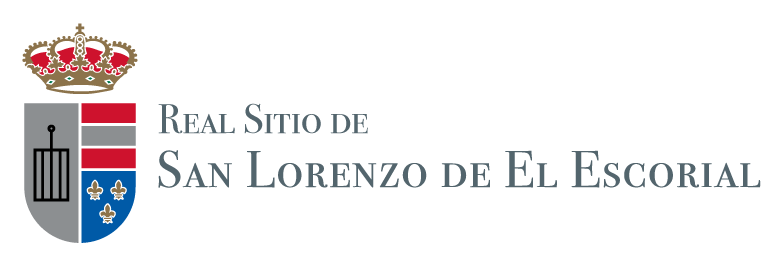The building of the Carlos III Theatre/Coliseum was undertaken by Jaime Marquet, a French architect living in Spain since 1752. Construction began in 1770 and by May 1771 the work had been practically completed. It is laid out in the shape of a rectangle in which the theatre seats forms a U shape. On the upper level, there are two levels of boxes and one amphitheatre level. The building was completely roofed, which was extremely innovative for its time.
When the work was finished, its management was granted to the residents, although the Crown conserved its ownership. This system led to many disputes that only ended when the State sold it, removing it from the estate in 1869.
Subsequently, the building passed into the hands of private individuals, and it was even used as a cinema from 1918. In 1967, it closed its doors and began progressively to deteriorate.
After numerous difficulties, the theatre was definitively restored by the architects José Luis Martín and Mariano Bayón between 1974 and 1979, at the request of the Sociedad de Fomento y Construcción del Real Coliseo Carlos III, the Royal Coliseum’s group of supporters and patrons. In 1979, it was inaugurated with a recital given by Teresa Berganza, attended by Her Majesty Queen Sofía. Since then, the stage of the Royal Coliseum has been trod by great figures from the theatre and music world.
The restoration work was awarded the Spanish National Prize for Restoration in 1980. In 1981, it became part of the Spanish network of national theatres and festivals in Spain under the Ministry of Culture, and since 1985 the Madrid Autonomous Community has been in charge of its programming. In 1995 it was declared a Site of Cultural Interest in the Monument category.











